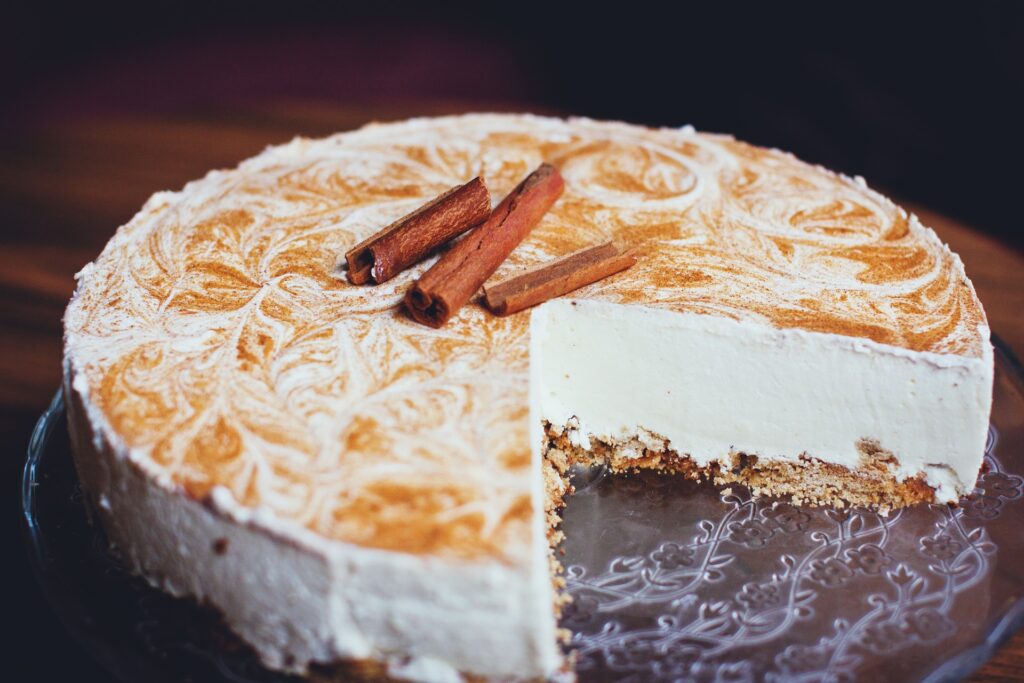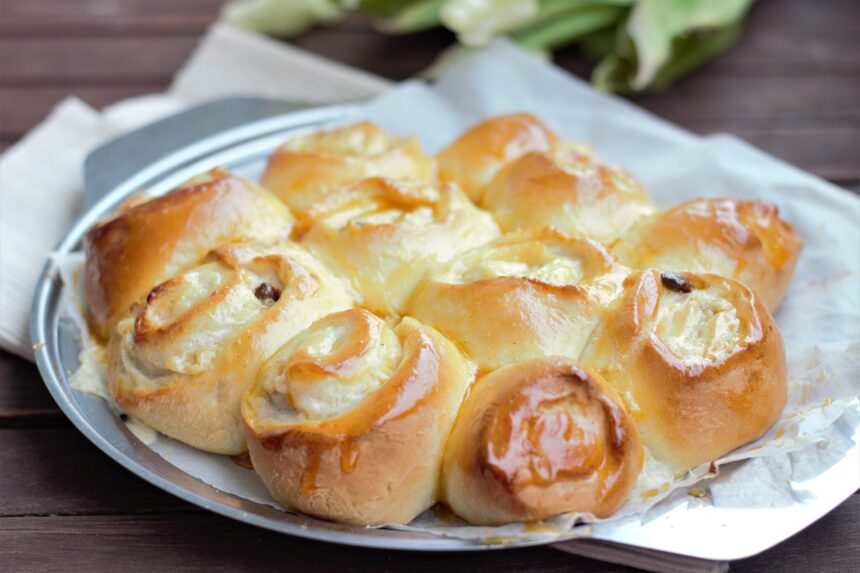Yorkshire pudding is a British classic that has transcended borders, becoming a beloved dish worldwide. Imagine this: a golden, crispy shell with a soft, airy center, perfect for soaking up gravy. It’s not just a side dish; it’s an experience. If you’ve ever wondered what makes the best yorkshire pudding recipe, you’re in the right place! Let’s uncover the secrets, tips, and tricks to achieve fluffy perfection every time.
What is Yorkshire Pudding?
The History of Yorkshire Pudding
Yorkshire pudding has its roots in the North of England, specifically the county of Yorkshire. Originating in the 18th century, it was initially called “dripping pudding” because it was made from the drippings of roasting meat. The dish was a way to utilize the fat that collected in the roasting pan, making it both economical and delicious. Over time, it evolved into a staple of Sunday roasts, symbolising home-cooked comfort.
Why It’s Called “Pudding”
In British cuisine, “pudding” doesn’t always mean a sweet dessert. The term refers to various dishes, often savory, that are baked or steamed. Yorkshire pudding fits this definition perfectly, serving as a delightful accompaniment to hearty meals.
Ingredients for the Best Yorkshire Pudding Recipe
Essential Ingredients
To craft the best Yorkshire pudding, you’ll need:
- Plain flour: Provides structure.
- Eggs: Bind the mixture and help it rise.
- Milk: Adds moisture and flavor.
- Salt: Enhances taste.
- Fat: This is crucial for achieving that crispy exterior. Traditional recipes often call for beef dripping, but vegetable oil or lard can work beautifully too.
Choosing the Right Flour
Selecting the right flour can make a world of difference. Stick with plain (all-purpose) flour. It has just the right amount of protein to provide structure without making the pudding chewy. Avoid self-raising flour, as it can lead to overly airy and unstable puddings.
The Importance of Eggs
Fresh eggs are key to a successful Yorkshire pudding. They not only help with rising but also contribute to the rich flavor and colour of the finished dish. Large eggs are generally preferred for the perfect ratio.
The Science Behind Fluffy Yorkshire Puddings
How Air and Heat Work Together
When you mix the batter, you’re incorporating air into it. This air is crucial; when the batter heats up in the oven, the air expands, causing the pudding to rise dramatically. The goal is to trap as much air as possible during mixing.
The Role of Gluten
Gluten, which forms when flour is mixed with liquid, gives structure to the pudding. However, too much gluten can lead to a dense pudding. The key is to mix the batter just enough to combine the ingredients without overworking it.
Tips for Perfecting Your Yorkshire Pudding
The Right Temperature
Start with a super-hot oven, ideally around 425°F (220°C). This high heat is essential for getting the fat sizzling before you add the batter. A hot oven creates a steam effect that is critical for that dramatic rise.
Mixing Techniques
When mixing your batter, aim for a smooth consistency without overmixing. A few lumps are perfectly fine. You want to avoid developing too much gluten, which can result in a tough texture.
Resting the Batter
Letting your batter rest for at least 30 minutes at room temperature is a crucial step. This resting period allows the flour to hydrate and the gluten to relax, contributing to a lighter, fluffier pudding.
Step-by-Step Guide to Making Yorkshire Pudding
Prepping Your Equipment
Using a muffin tin or a Yorkshire pudding tray is ideal. Make sure to preheat it in the oven while it heats up. This will ensure that the fat is sizzling hot when you add the batter, promoting the rise.
Making the Batter
- Combine the ingredients: In a bowl, whisk together the flour and salt. In another bowl, beat the eggs and then add the milk. Gradually mix the wet ingredients into the dry until just combined. This method minimises gluten development.
- Rest the batter: Cover it with a clean kitchen towel and let it sit for 30 minutes.
Cooking Your Puddings
- Add fat to the tin: Once the oven is hot, carefully add a teaspoon of your chosen fat into each compartment of the tin.
- Pour the batter: Fill each compartment about halfway with the batter. It’s okay if some batter touches the sides of the tin; it helps with the rise.
- Bake: Cook for 20-25 minutes. Don’t open the oven door during cooking, as this can cause the puddings to deflate. Look for a golden brown color and a puffed-up appearance.

Common Mistakes to Avoid
Underestimating Oven Heat
A hot oven is non-negotiable for Yorkshire puddings. Make sure to preheat your oven thoroughly to avoid disappointing results.
Not Using Enough Fat
The fat is what gives Yorkshire pudding its crispy exterior. Make sure to use a generous amount to achieve that sought-after crunch.
Serving Suggestions
Traditional Pairings
Yorkshire pudding is traditionally served with roast beef and gravy, making it a staple of the Sunday roast. It can also be enjoyed with other roasted meats, like lamb or chicken, alongside seasonal vegetables.
Creative Twists
Feel free to get creative! You can fill Yorkshire puddings with savory mixtures like caramelised onions and cheese or even a spicy chili for an unexpected twist. For dessert, consider a sweet version filled with fruit compote and whipped cream.
FAQs about Best yorkshire pudding recipe
Q1: Can I make Yorkshire pudding in advance?
A1: While it’s best fresh, you can prepare the batter ahead of time and store it in the fridge. Just remember to bring it back to room temperature before cooking.
Q2: What if my Yorkshire puddings don’t rise?
A2: This could be due to insufficient oven heat or overmixing the batter, which can lead to a dense texture.
Q3: Can I use a different type of fat?
A3: Absolutely! While traditional recipes call for beef dripping, vegetable oil, lard, or even duck fat work beautifully.
Q4: How do I store leftovers?
A4: Store them in an airtight container in the fridge. To reheat, pop them in a hot oven for a few minutes to restore their crispiness.
Q5: Can I freeze Yorkshire puddings?
A5: Yes! Cooked Yorkshire puddings can be frozen. Just make sure to let them cool completely, then freeze in a single layer. Reheat in the oven for the best texture.
Conclusion
The best Yorkshire pudding recipe is all about understanding the science behind the ingredients and techniques involved. With practice and these handy tips, you’ll be serving up golden, fluffy Yorkshire puddings that will impress anyone at your dinner table. So, gather your ingredients, crank up that oven, and get ready for a delicious experience that brings a taste of Britain into your home!







